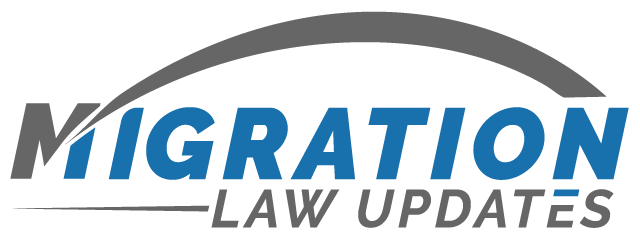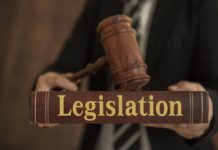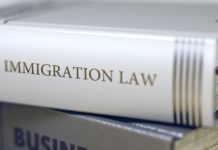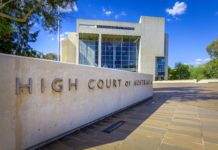Payment of Visa Application Charges and Fees in Foreign Currencies
The new instrument is made under paragraphs 5.36(1)(a) and (b), and 5.36(1A)(a) of the Migration Regulations 1994 (Cth). "Paragraph 5.36(1)(a) of the Regulations states that the payment of a fee, other than a visa application charge mentioned in regulation 5.36(3A) of the Regulations must be made in a place, being Australia or a foreign country, that is specified by the Minister in a legislative instrument". Another instrument also published today amends the above new instrument.
Places and Currencies for Paying of Fees
"The purpose of the [new] instrument is to undertake a biannual update of the places and corresponding currencies in which payment of a fee may be made".
Changes to subclasses 600 and 870
The new Regulations make important changes to the conditions imposed on visa subclasses 600 (visitor) and 870 (parent) and to the eligibility for merits review for subclass 870 applicants. Some of the changes commence on 19 December 2019 and some on 29 February 2020.
“Repairing medical transfers”
The Migration Act 1958 (Cth) has been amended with effect from 5 December 2019 to "repair" (in the words of the Bill) what has become known as the "medevac" legislation.
Dereg Bill: loophole closed, but transition maintained
The "Deregulation Bill" passed the House of Reps on 12 Feb 2020 and awaits debate in the Senate. Under the Bill's previous version, although practitioners would eventually have to decide between being either lawyers or RMAs, those who would become Restricted Practising Certificate (RPC) holders after the commencement of Schedule 1 & 2 of the Bill could subsequently also become and then remain RMAs for 2 years after the RPC grant, extendable by another 2. That is no longer the case. However, in response to the argument made by individuals including the writer in written submissions to the Senate, those who are RMAs before becoming lawyers will be able to transition and thus avoid giving up their clients. We explain why.
Caps for parent visas are reduced
"The purpose of the instrument is to determine the maximum number of visas for [parent and other family] visas for the financial year commencing 1 July 2019 to 30 June 2020".
New instrument on BVA & C for new regional visas
"Specifically, the instrument specifies forms 491D and 494V (Internet) as approved forms for Bridging A (Class WA) and Bridging C (Class WC) visa applications. This ensures that applicants who make an application for a substantive visa using approved forms 491D and 494V (Internet) will be able to make a combined application for a bridging visa with their application for a substantive visa".
New instrument on period, manner & evidence of Labour Market Testing
The new legislative instrument specifies the period, manner and evidence of Labour Market Testing for the purposes of visa subclasses 457, 482 (TSS) and 494 (new regional visa)
New instrument on the Annual Market Salary Rate
"The purpose of this instrument is to amend Migration (IMMI 18/033: Specification of Income Threshold and Annual Earnings and Methodology of Annual Market Salary Rate) Instrument 2018 (IMMI 18/033) to address changes to the Regulations as a result of amendments to the Regulations by the Migration Amendment (New Skilled Regional Visas) Regulations 2019 (the amending Regulations)".
New instrument on how to make valid application for subclass 494
"The instrument operates to specify the requirements for making an application for a Subclass 494 visa. For the purposes of subitem 1242(1) of Schedule 1 to the Regulations, the instrument specifies the approved form for making a valid application. For the purposes of paragraph 1242(3)(a) of Schedule 1 to the Regulations, the instrument also specifies the manner in which an application must be made".





















